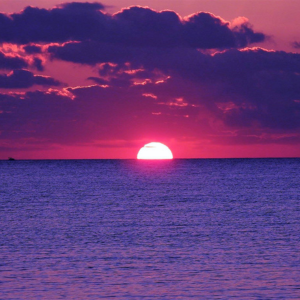Playboy
January, 1974
Time to travel back in time 51 years, to January, 1974, and take a look at the latest issue of Playboy magazine. It's a thriving publication, with a hefty 294 pages celebrating the magazine's twentieth anniversary. And all for $1.50 ! Compare and contrast to today's magazines.........
There is quite a lineup of premiere contributors for this special issue, all of whom are very much in tune of the magazine's major demographic; men over the age of 40:
The Interview features none other than Hugh Hefner himself. Hef is living large in these mid-1970s years, enjoying the company of his girlfriend Barbi Benton, and hanging out at the Playboy mansion amidst all the cool people who want to see and be seen. Hef is very much the international man of adventure, looked upon with admiration.
In the Interview he does display some rancor towards Bob Guccione and Penthouse (which by '74 had a larger circulation than Playboy), Gallery, Genesis, and other 'imitators,' but Hef seems secure in the knowledge that these 'copycats' fails to offer anything that is 'fresh and original.'
This January issue features a portfolio of all 12 Playmates from 1973. Ironically, these photos all have adopted the soft-focus photography pioneered by Guccione. But, hey: whether soft- focus or not, these are some foxy ladies !
Along with the portfolios, there are some interesting fiction and nonfiction articles in this January issue.
A profile of comedian Jerry Lewis is particularly sharp and acidic. O'Connell Driscoll, the author of the piece, was allowed to 'tail' Lewis for several months in the spring of 1973.
Driscoll apparently was able to record everything Lewis said, verbatim, although the article does not explicitly state this. 'Birthday Boy' starts off with Lewis staying at the Deauville Hotel in Miami in March, 1973, where he is co-performing in a comedy show with Milton Berle. Lewis has just turned 47 and his career is fading. He is frustrated and unhappy with having to do a lame show with Uncle Milty, a signal of has-been status, playing to the elderly Jewish retirees in the Miami area. As the article progresses, it becomes ever clearer that Lewis is flailing, trying to find some outlet that will grant him the fame and appreciation in the USA, that he enjoys in Europe.
At the close of the article, Driscoll is present when Lewis is doing the edits on the footage of the (never-released) movie The Day the Clown Cried. Seemingly indifferent to the fact that he is being recorded, Lewis shows how odious and unpleasant a person he can be:
'Haiti, Goodby,' an article by Bruce Jay Friedman is decidedly more appealing. Friedman, having left behind his days as an editor of 'sweat' magazines at Martin Goodman's Magazine Management publishing firm, describes his 1973 stay at the Hotel Oloffson, a resort hotel in Port-Au-Prince. It's bizarre to realize that fifty years ago people would willingly go to Haiti on vacation, although - as Friedman tells it - the Europeans and Americans he encountered at the Oloffson were towards the stranger end of the spectrum.
John Updike was one of the leading authors in the USA in 1974, and he has a short story in this January issue.
'Nevada' features Updike's favorite type of character: a Jewish man, closer to middle-age than he would prefer, who is confronting a personal crisis. Culp is the character's name, and his crisis, a divorce from his wife Sarah. While the ex enjoys a honeymoon with her new hubbie, Culp is tasked with looking after his two daughters. The three of them take an existential journey through the heat and emptiness of Nevada, where, by the story's end, Culp finds a measure of self-renewal. It's a good story.
And that, dear reader, is how it was, back in January of 1974...........














































1 comment:
Worthless elite liars lying about everything including their own importance. Their entire ideology is lies. Their magazines are lies. Their media is lies. Their magazines promote the myth that these select few liars on behalf of the elite can write better and have better ideas than 300 million other people. It's a lie.
Post a Comment